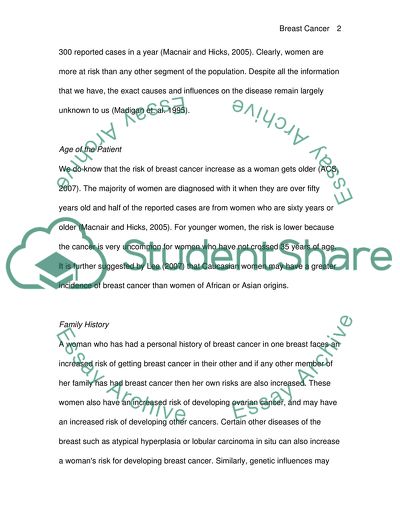Cite this document
(Breast Cancer Disease Coursework Example | Topics and Well Written Essays - 2500 words, n.d.)
Breast Cancer Disease Coursework Example | Topics and Well Written Essays - 2500 words. https://studentshare.org/health-sciences-medicine/1706336-breast-cancer
Breast Cancer Disease Coursework Example | Topics and Well Written Essays - 2500 words. https://studentshare.org/health-sciences-medicine/1706336-breast-cancer
(Breast Cancer Disease Coursework Example | Topics and Well Written Essays - 2500 Words)
Breast Cancer Disease Coursework Example | Topics and Well Written Essays - 2500 Words. https://studentshare.org/health-sciences-medicine/1706336-breast-cancer.
Breast Cancer Disease Coursework Example | Topics and Well Written Essays - 2500 Words. https://studentshare.org/health-sciences-medicine/1706336-breast-cancer.
“Breast Cancer Disease Coursework Example | Topics and Well Written Essays - 2500 Words”. https://studentshare.org/health-sciences-medicine/1706336-breast-cancer.


